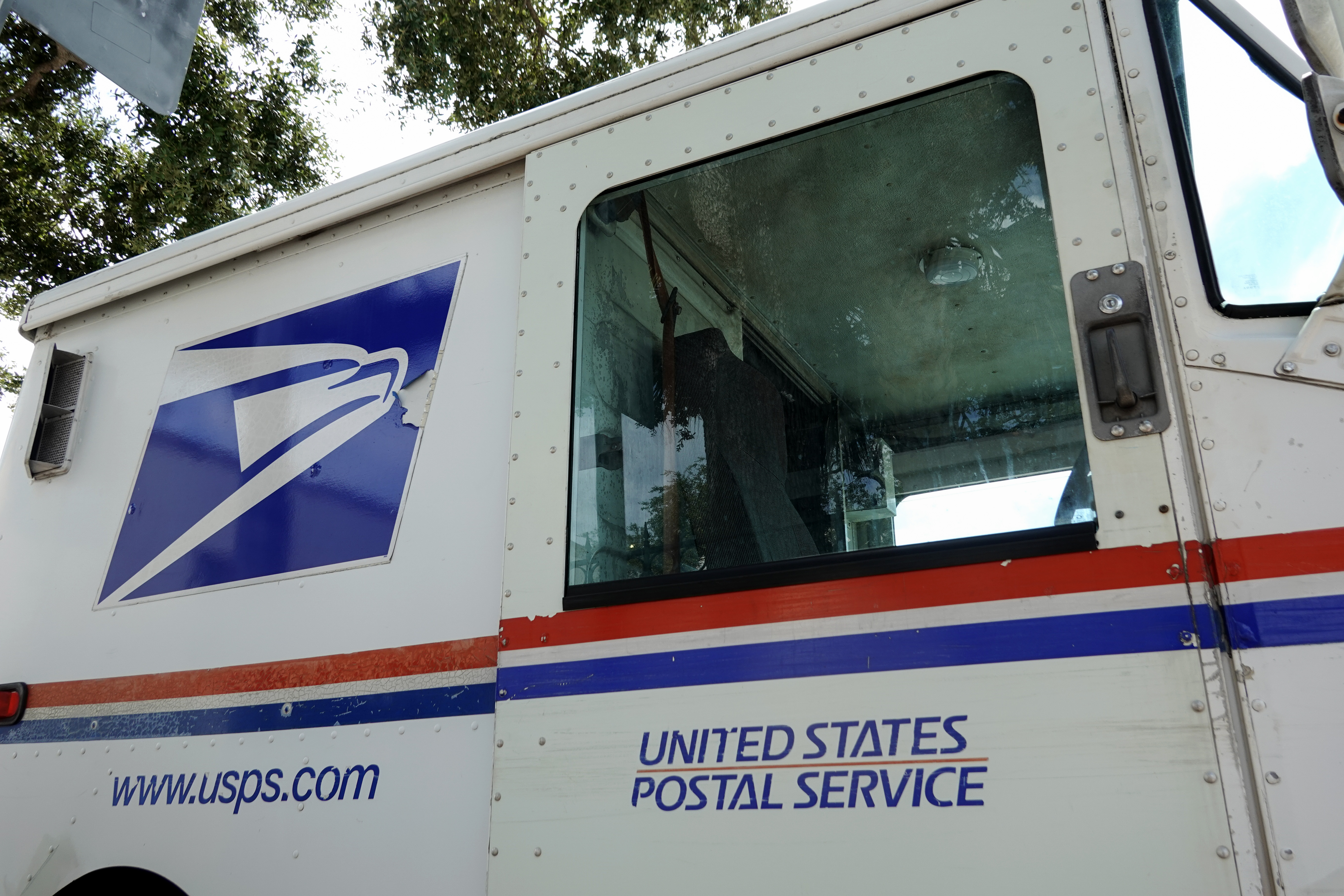Buried and unseen for nearly 2,000 years, a sacred room has been unearthed at Pompeii with painted blue walls, a rare and expensive color in the Roman city.
Describing it as a “very unusual thing for Pompeii,” the site’s director Gabriel Zuchtriegel told NBC News on a tour of the newly excavated site that blue “was the most expensive color” because it was difficult to make.

“You had to import it from Egypt and the eastern Mediterranean and beyond. So it was expensive, and if you wanted to have something in blue, you had to pay more,” he said. Red, yellow and black were much easier to produce because natural materials like stone and sand were widely available, he added.
Get top local stories in Connecticut delivered to you every morning. Sign up for NBC Connecticut's News Headlines newsletter.
The startling finding was first revealed to NBC News on Tuesday.
It comes from block No. 10 of Pompeii’s ninth section, a never-before excavated area of the town destroyed in the eruption of the Vesuvius volcano in 79 A.D.
Decorated with female figures representing the four seasons and portrayals of agriculture and sheep farming, the room has been “interpreted as a sacrarium, a shrine devoted to ritual activities and the storage of sacred objects,” the Archaeological Park of Pompeii said in a news release.
U.S. & World
For wealthy politicians and business owners, an elaborate classical painting was a prime showpiece and talking point when entertaining guests.
Those who painted rooms in blue were saying, “I can afford something which is not everybody’s capacity,” Zuchtriegel said.
Mishael Quraishi, an archeology major, is one of several students from the Massachusetts Institute of Technology working on the site. Using specially adapted night vision goggles and handheld scanners, they are studying the new find.
Describing the room as “stunning,” she said it was really rare to see such high quantities of Egyptian blue in one concentrated area.
It was “the first synthetically manufactured pigment in human history,” said Quraishi, 21, adding that it was made from a copper source “so brass filings could be an option.”

After putting the elements together she said they were heated at incredibly high temperatures over many hours “and then this sort of glassy type material is formed with these Egyptian blue crystals in it.”
Sophie Hay, an archaeologist who works on the site, said the fact that frescos were painted when the plaster was wet meant “the pigments were sealed into the plaster.” Had they been painted on the surface, she said it was unlikely that the color would have been so vibrant.
Because of the ancient technique that the Romans used “we get to enjoy it today,” she added.
Elsewhere in the room, which is around 86 square feet in size, archeologists found building materials, suggesting a redecoration was planned.
A collection of oyster shells was also discovered, likely waiting to be “finely ground to add to plaster and mortar,” the news release said.
The excavation is part of a much larger project to help protect and preserve the excavated and unexcavated areas of Pompeii, which already include more than 13,000 rooms in 1,070 houses and apartments — deemed the largest dig in a generation.
Pompeii and nearby Herculaneum were seaside resorts favored by wealthy Romans when they were devastated by the eruption, which lasted for more than 24 hours and had the power of many thousands of nuclear bombs.
Last month, in what archeologists described as one of the most important in years, a series of striking paintings showing Helen of Troy and other Greek heroes were revealed to the public for the first time.
Discovered inside what archaeologists described as a “spectacular dining room” with unusual black walls, the remarkably well-preserved frescoes were inspired by the Trojan War, as recounted by the Greek poet Homer and featured Paris and Helen of Troy among others.
Zuchtriegel said at least 20 or 30 guests could easily have fit into the room for lavish banquets and discussion about “culture, gossip and politics.”

He added that the paintings “were almost like invitations to discuss Greek myths.”
With a third of the site still buried, archaeologists are still trying to put the pieces of the Pompeii puzzle back together.
“Two thousand years ago, someone looked at it for the last time,” said the site’s director Zuchtriegel. “Now we’re the first ones to look at it again.”
This story first appeared on NBCNews.com. More from NBC News:



